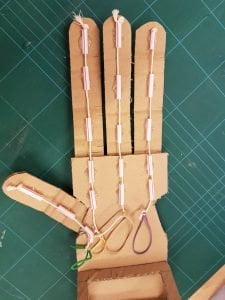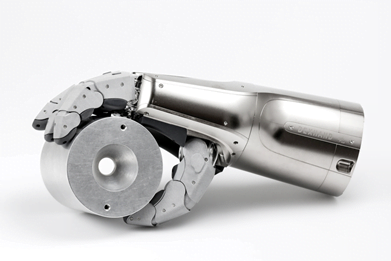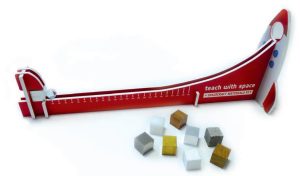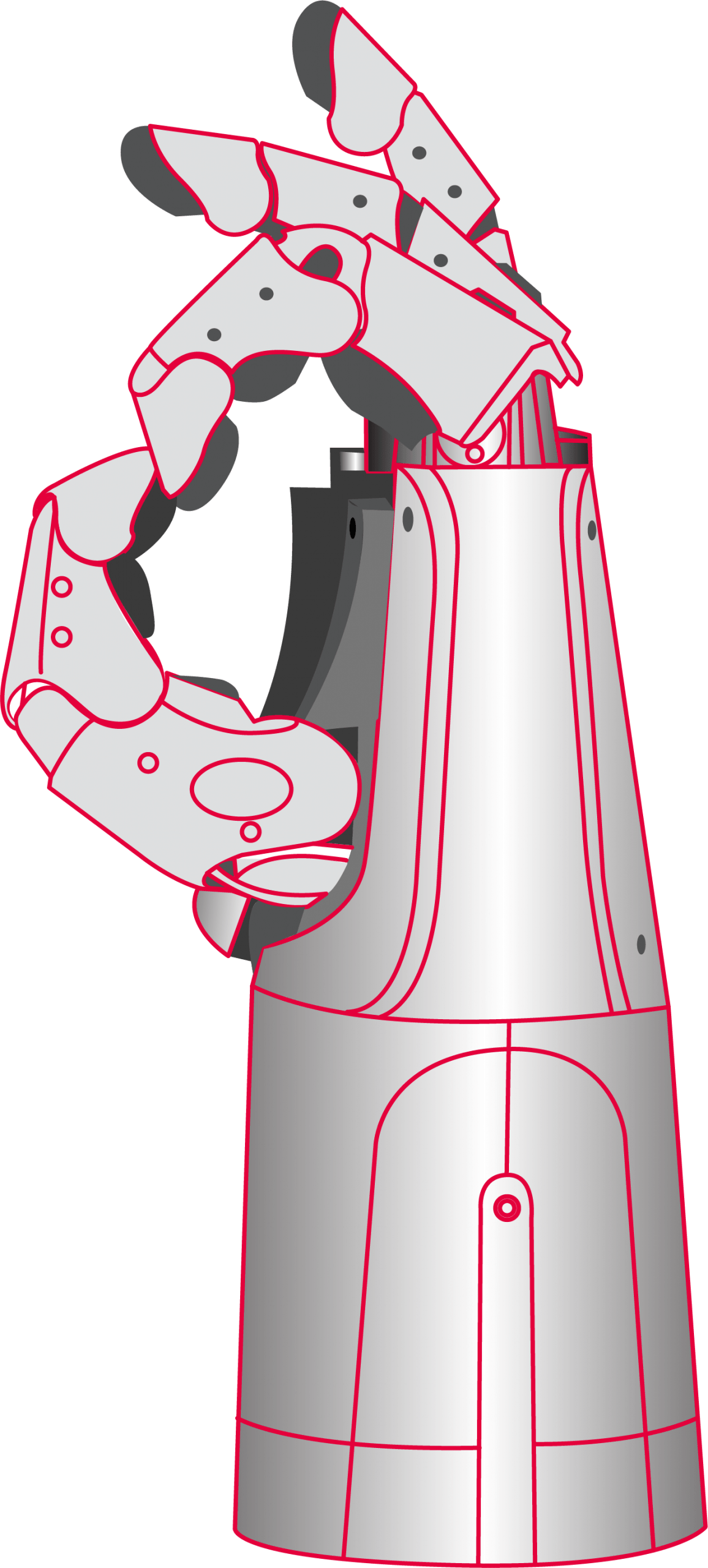Bionic Hand – Building a bionic hand
In this activity, pupils will build a bionic hand made out of cardboard, strings, straws and rubber bands. They will relate the bionic hand to their own hand to understand the function of the fingers and the importance of the thumb, to grab or hold objects with different shapes and forms.
Pupils will also learn that it would not be possible to move the human hand if it was only composed of bones. The pupils will understand how bones, muscles, tendons and ligaments work, by comparing them with the materials used on the bionic hand to move the fingers.
This activity is prepared for 60-90 minutes, depending on the age of the pupils. However, this resource can be proposed as part of a classroom project; encompassing other subjects of study such as arts, language, and the human body.
Learning Objectives
Age range:
8-12 years old
Time
Lesson: 60 – 90 minutes depending on the age of students
Resource available in:
Activity 1: What is inside your hand?
In this activity, students will learn about the human hand and the role of the bones, muscles and tendons.
Equipment
Activity 2: Build a bionic hand
In this activity, students will learn what a bionic hand is and how it works. They will build their own cardboard bionic hand in groups.

Equipment
Activity 3: Test your bionic hand
In this activity, pupils will perform different tasks with their bionic hand and relate the movements of the bionic hand with their own hands.
Equipment
Did you know?
In the near future, it is expected that crews of astronauts and humanoid robots will work together to exploit space.
They will both most likely make use of bionic hands. Bionic hands allow robots to manipulate objects made for human use. The astronauts will benefit from bionic hands because manipulation of objects in the vacuum of space through the gloves of a spacesuit is very fatiguing.
They will both most likely make use of bionic hands. Bionic hands allow robots to manipulate objects made for human use. The astronauts will benefit from bionic hands because manipulation of objects in the vacuum of space through the gloves of a spacesuit is very fatiguing.

The DEXHAND developed by DLR Institute of Robotics and mechatronics
Keywords:

Spacecraft Materials Kit
Brief description: Pupils can use the ESA Spacecraft Materials Kit to experimentally investigate a variety of different materials. A set of five activities enables pupils to get

Mission on the Moon – Program a classmate to complete a mission on the Moon
Brief description: This activity will introduce students to logical thinking by planning, testing and executing a simple mission on the Moon. Students will work in

AstroFarmer – Learning about conditions for plant growth
Brief description: In this set of six activities, students will investigate which factors affect plant growth, and relate these factors to growing plants in space.



